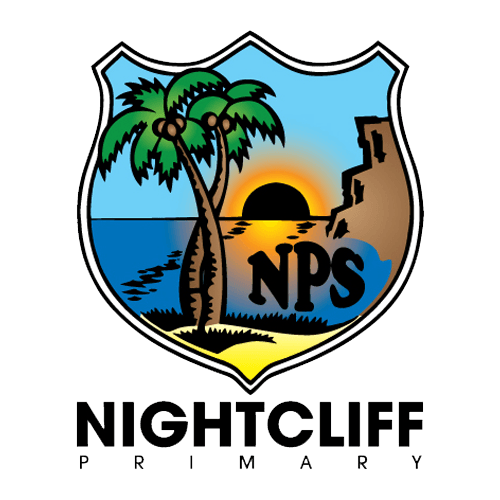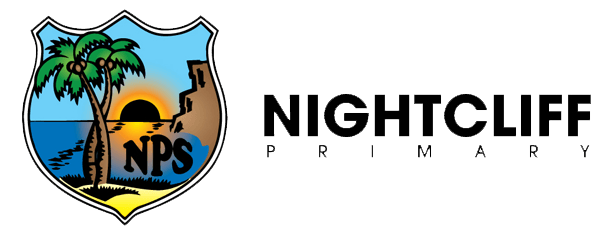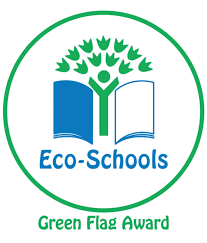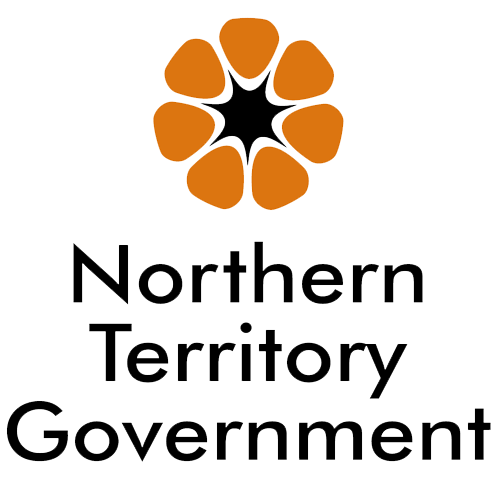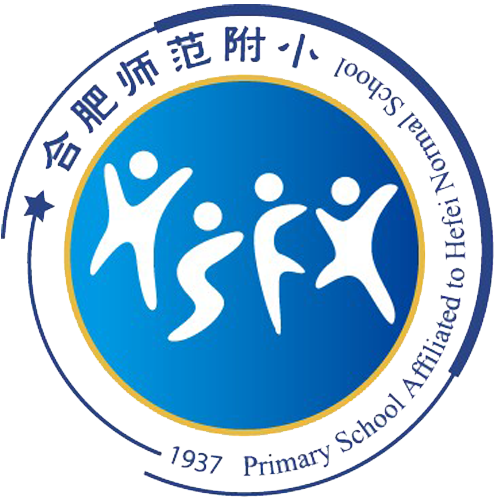Teaching and Learning Strategies for Parents/Carers
Curriculum Plans
Teaching and Learning Strategies for Parents/Carers

Writing ✏️
Writing skills develop after from oral language development and reading skills. Writing is encouraged daily particularly in regards to handwriting formation and understanding writing for different purposes applicable to all subjects learnt at school, such as: Information reports (Geography/History), Persuasive arguments, Letter Writing (Social), Critiques, Explanations (Science), Recount (Sequencing), Procedure (Mathematics) and Narrative (Fiction).
Writing is a process whereby students create, draft, edit, seek feedback through peer and teacher conferencing and publishing. Skills in punctuation learnt through Oral language, Reading and Writing should be transferable and thus form part of the overall grade for English.
As we move to online environments (email, word documents, and reports), typing and keyboard skills have become an essential part of Writing and Digital Technologies curriculum skills acquisition.
-/-/-
Reading
Reading is encouraged daily, for enjoyment at home and wherever opportunities arise, particularly reading out aloud. Home readers and sight words go home for Early Years students to practise and novels for older students. All students access online reading programs at their skill level through an online whole school licence. Individual logins for students can be requested from the teacher and can be used at home, including access to e-books for reading. Transition -2 Reading eggs Year 1-6 Reading Eggspress
Try it out here:
Contact us for student logins available for your child’s level for Reading Eggs/Express
-/-/-
Oral language
With a focus on speech and phonemic awareness, students learn the correct way to pronounce letter sounds. Oral language forms the basis for reading and writing and it is essential to develop these skills in Preschool and Early Years. We use speech pathology techniques with our whole school approach to phonemic awareness through the Soundwaves student textbooks and online support. In Transition and Year 1 we are using the Read Write Inc resource.
For more information, please visit the Australian Curriculum website for your childs year level and latest Australian Curriculum https://www.australiancurriculum.edu.au/f-10-curriculum/learning-areas/
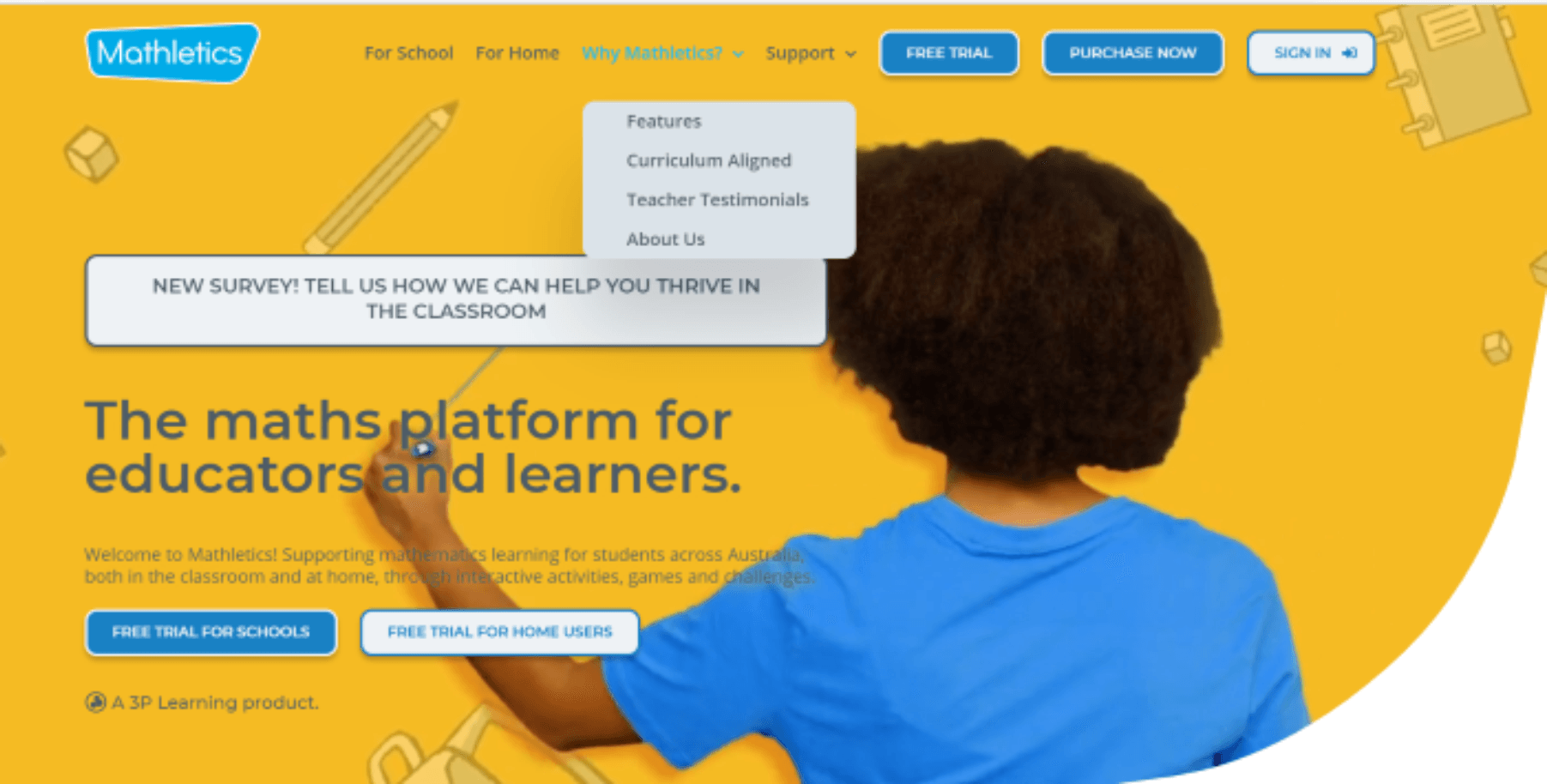
Number and Algebra
It is important students practise number patterns and understand base 10 to assist them to build automaticity and recall.
Number Sense occurs when students can trust their recall of number facts and patterns without looking. Using fingers or manipulatives to count. One simple game to build these skills at home is Tens. Students using playing cards against each other, flipping out one card each then adding the two numbers together (like Snap). Start with adding to 10, 15, 17 etc.
Mathletics educational software supports student learning at home and is used in the classroom for rotational activities based on a students ability level. Students can practise concepts further at home, then by the teacher setting it as a homework assignment personal learning goal. Students can’t access Live Mathletics games, until the assignment is done. Each topic has only 10 questions and these are differentiated for success, whereby if a student achieves three correct answers in a row, their year level increases for the next question, but similarly if they get an incorrect answer the year level drops a level to ensure success before moving up again.
Teachers can further set the Australian Curriculum level to a higher year level to suit students’ current needs without the student knowing to ensure they are being challenged. Students can use the audio button to have the instructions explained to them if they are unable to read in English well and can press the help button which initiates a character who demonstrates the skill in different ways, so they can access a method they may understand better.
Other websites include short videos explaining a mathematical concept in different ways, which can increase a students’ confidence. The building blocks of the Number and Algebra strand of Mathematics are place value and the four operations: multiplication, division, addition and subtraction. Mastering of these foundation skills is essential for more complex concepts of fractions, decimals and percentages. They complement Measurement and Geometry and Statistics and Probability Mathematics strands.
Try it out here:
Contact us for access to your child's student logins for Mathetics/Mathseeds
-/-/-
Measurement and Geometry
Measurement and Geometry is one of the easiest mathematical concepts to reinforce at home through using hands-on measuring tools such as rulers, weights, liquid measuring containers, clocks, calendars and timetables.
Exposure to measuring opportunities that arise in everyday situations, provide visual reinforcement and help understanding of why measurement is important, converting between units of measurement and real life application with and without digital technologies.
Measurement and Geometry complements Number and Algebra, Statistics and Probability Mathematics strands.
Teaching strategies for Measurement and Geometry include constant revision of the concepts of conversion and calculation.
Try it out at home:
• Building repairs and renovations: mm, cm, m for length, perimeter, area, volume and angles.
• Cooking: mg, g and kg (weighing) and mL, L and kL (liquids).
• Time: use analogue watches, calendars and bus timetables to calculate elapsed time.
• Money: convert between dollars and cents and calculating the correct change.
-/-/-
For more information, please visit the Australian Curriculum website for your childs year level and latest Australian Curriculum https://www.australiancurriculum.edu.au/f-10-curriculum/learning-areas/

Description title
